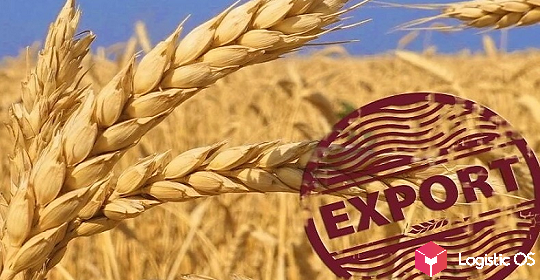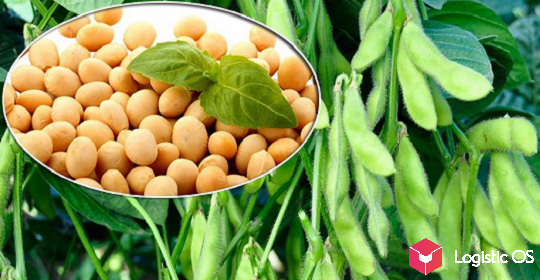Steps taken and prospects of the company.
Having connected to the issue of forming transparent and understandable rules for the formation of price indicators, at the end of last year, UGC began to conduct electronic trading in grain. The next step is the development of exchange trading.
Electronic auctions were held in the format of an auction for the purchase of wheat on the basis of CPT Novorossiysk. The organizer of the auction was a division of the OZK group — OZK-Yug LLC.
The auctions held from December 1, 2020 to March 19, 2021 resulted in the conclusion of contracts for almost 2.3 billion rubles.
Bidding in this format showed a number of obvious advantages: the reliability of the organizers, and non-interference in pricing from outside, and the automatic bidding process.
The next logical step is the transition to exchange trading.
At the St. Petersburg economic forum held in June, an agreement was signed with the Moscow Exchange, and NTB will become the organizer of exchange trading.
The rules for conducting and organizing tenders have already been agreed, and they are planning to start soon.
At the same time, the company continues to develop its port infrastructure, in particular, the largest asset of the OZK Novorossiysk bakery plant.
It is planned to build a new pier and grain gallery, which will make it possible to increase the total transshipment capacity of the terminals by more than one and a half times.
The modernization of the NKHP, in particular, the reconstruction of the railway tracks of the Verkhniy park, is aimed, first of all, at organizing the acceptance of block trains, the need for transportation of which is becoming more and more urgent.
The issue of the routing of railroad transportation has been around for a very long time.
The main problem that arose when sending grain by railway wagons was the high cost of logistics.
Grain wagons are dispatched from a huge number of stations, but in small numbers. As a result, almost 2/3 of the cargo delivery time falls on waiting for the loading and unloading of wagons.
That is why there is always a shortage of rolling stock during the period of maximum load. And a simple increase in the number of wagons will not give the desired effect, but may lead to blockages of loading and unloading points and an increase in the load on the railway network.
The solution to this problem is possible due to the formation of grain trains, when such a volume of grain is collected at the nodal linear elevator, from which a whole train can be formed and sent directly to the port, avoiding single loads at different stations.
In this case, the time and cost of delivery becomes significantly less, the throughput and productivity of the railway as a whole increases, and the risk of sanctions for ship demurrage in case of delays in the formation of a ship party decreases.
The purpose of the UGC is to carry out the reconstruction so that the trains go directly to the NKHK, bypassing the Novorossiysk station, as it is now, eliminating the accumulation and sludge of trains on the exhibition tracks of the station.
Agreements have already been signed with a number of elevators that are ready to send grain trains to the NKHP.
The first trains under the new scheme will start arriving this year. The company plans to increase the average daily turnover of wagons with grain from the current 150-180 to 400-500.
In turn, the development of a system of block trains with grain will unload highways, especially in the south of Russia, and compete with road transport even over short distances.

